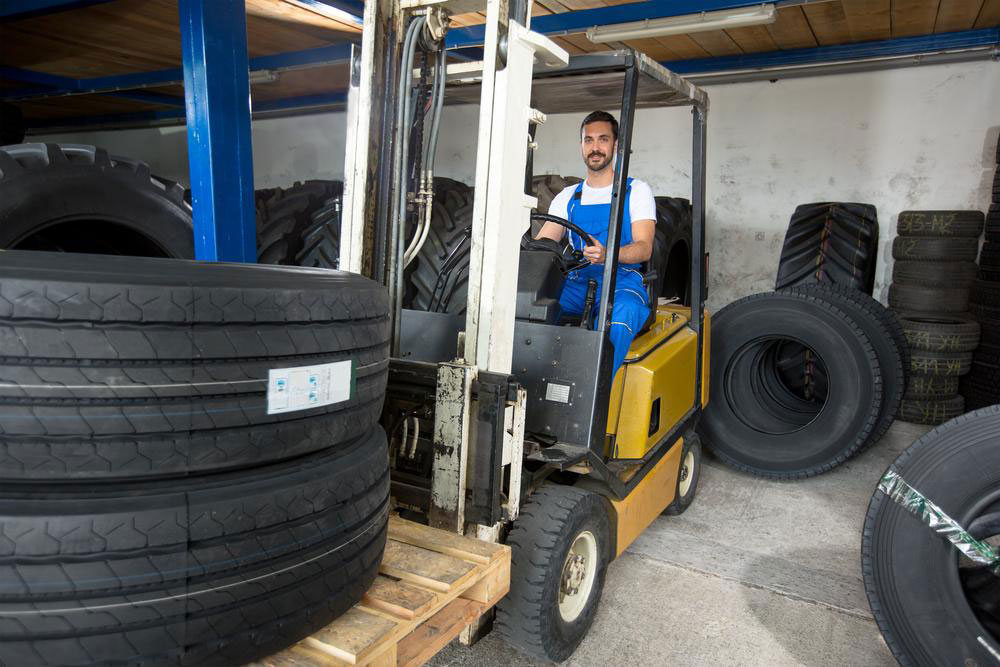Comprehensive Guide to Choosing the Perfect Wheels and Tires for Your Vehicle
Choosing the right wheels and tires is crucial for vehicle aesthetics, safety, and performance. This comprehensive guide explains essential terminology, sizing, and compatibility tips, helping car enthusiasts select optimal upgrades tailored to their driving needs and vehicle specifications. Whether you seek a sporty look or improved handling, understanding key factors such as offset, backspacing, and sizing ensures safe and effective choices. Consulting professional experts can further enhance your customization experience, making sure that your new wheels and tires deliver the perfect balance of style and performance for your vehicle.

Enhancing your vehicle’s appearance and performance often begins with selecting the right wheels and tires. These components do more than just elevate the visual appeal; they play a crucial role in driving experience, handling, safety, and fuel efficiency. With an overwhelming number of options available, understanding the fundamentals of wheels and tires becomes essential to making an informed decision that aligns with your driving style and vehicle specifications.
What's the difference between rims and wheels? The terms are often used interchangeably, but they refer to different parts. The rim is the outer edge of the wheel that holds the tire in place, while the wheel refers to the entire disc structure, which includes the hub and spokes. Knowing this distinction helps when discussing customizations or replacements.
When upgrading or replacing your wheels and tires, size and compatibility are critical. Vehicle manufacturers specify optimal sizes, but personal preferences and performance goals can influence your choice. Choosing the right wheel diameter, width, and aspect ratio ensures proper fitting and safe operation.
Understanding key terms like OE (Original Equipment), plus sizing, and minus sizing is vital. OE refers to the stock size your vehicle originally came with, ensuring compatibility and safety. Plus sizing involves increasing the wheel size for a more aggressive look or improved handling, whereas minus sizing reduces size for better ride comfort or specific aesthetic goals.
Offset and backspacing are crucial measurements that affect how wheels sit in the wheel arches. Offset indicates how far the wheel flange is from the wheel’s centerline, influencing clearance and stance. Proper backspacing ensures the tire does not rub against suspension components or the bodywork, maintaining safety and performance.
Beyond sizing, other factors like tread pattern, tire construction, and performance ratings impact your driving experience. For instance, performance and summer tires provide better grip and handling, while all-season tires offer versatility across various weather conditions.
To ensure your selection is optimal, consulting with automotive professionals or specialists at reputable shops is highly recommended. Many tire and wheel retailers provide test fitting services, allowing you to see firsthand how different configurations look and perform before making a final decision.
In summary, selecting the right wheels and tires involves understanding technical specifications, personal driving needs, and vehicle compatibility. Taking the time to research and consult experts ensures you make choices that enhance both the aesthetics and functionality of your vehicle, providing a safer and more enjoyable driving experience.





